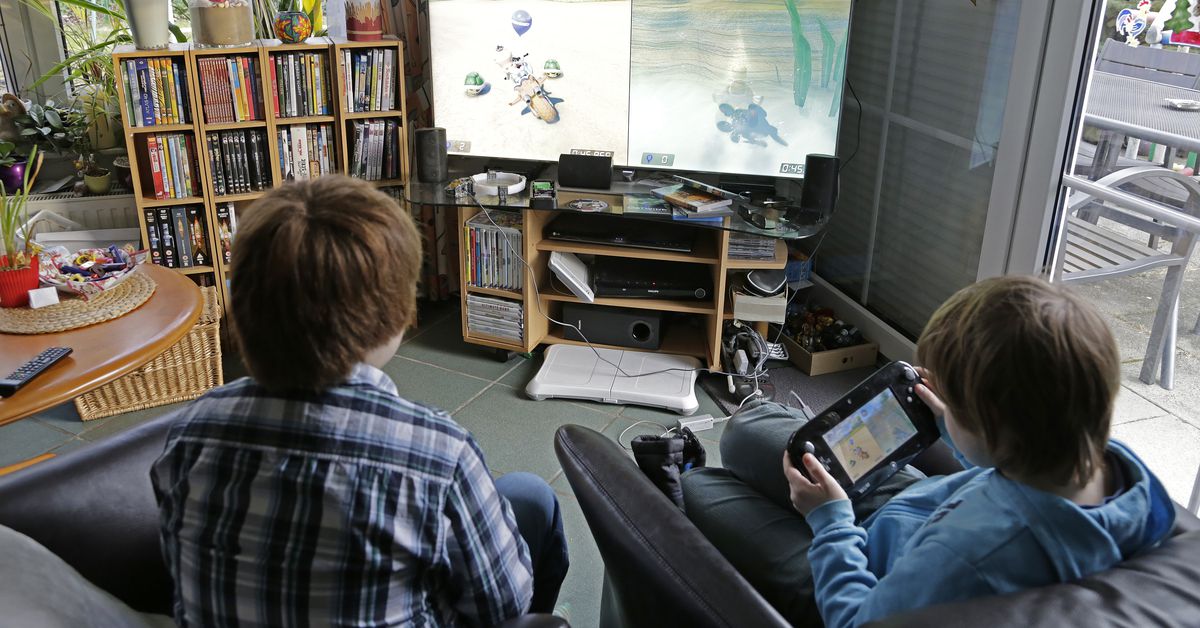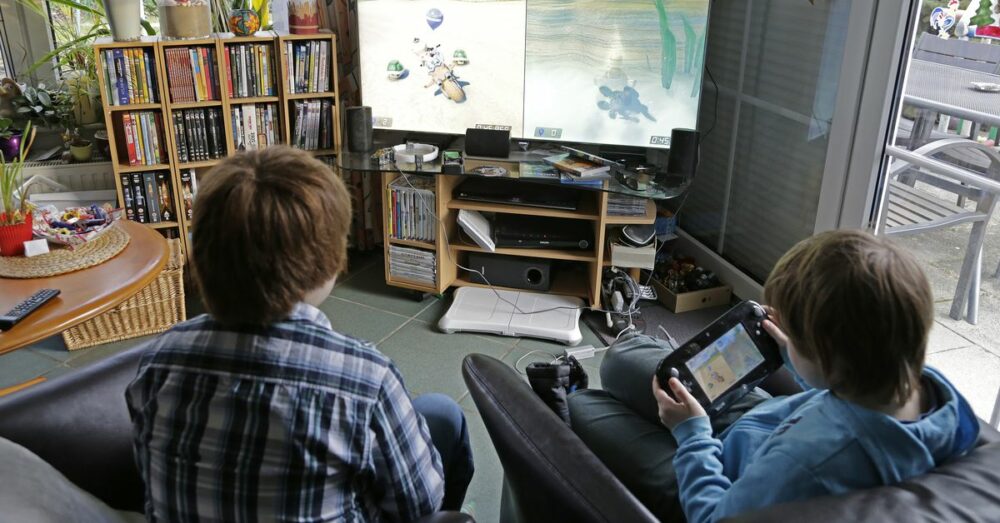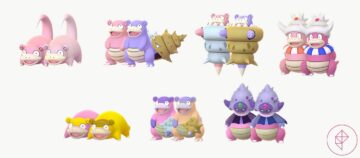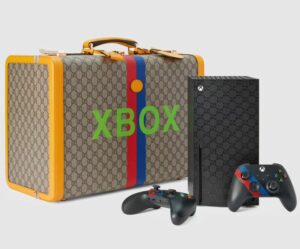
Nintendo shut down its Wii U eShop in March 2023 and will shut down the console’s online functionality today, April 8. Originally released in 2012, Nintendo’s Switch predecessor is officially being powered off. Yes, Wii U owners can still play games offline — and participate in the active Wii U modding scene — but Nintendo will finally be wiping its hands clean of its worst-selling console ever. (Nintendo sold just over 13 million Wii U consoles, at least one of which was purchased last year.)
For years, the Wii U was largely considered a massive failure. And in a lot of ways, it still is. But as time passed since it was first released in 2012, it became easier to see how the console was actually a flawed but necessary step in Nintendo’s journey toward the Nintendo Switch. After all, the Wii U’s tablet — while meant to be played only in the home — is not so dissimilar from the Switch’s form.
“We had launched the Wii U, following on the heels of the Wii, which had sold 100 million units globally,” former Nintendo of America president Reggie Fils-Aimé said during the GeekWire Summit in Seattle in 2018. “The Wii U did not have that same level of success. But what we heard from consumers is that the proposition of a tablet that they could experience gameplay [with], coupled with the ability to play games on the big screen TV, was really compelling.”
Nintendo’s Wii U tablet was its most forward-thinking feature, but that was hard to see because of its technical limitations. The tablet-style controller had the allure of a handheld device that could be played anywhere, but it was limited only to the home, close enough to the Wii U console to stay connected. This tension was there from the start: At Nintendo’s E3 presentation in 2011, where it first revealed the Wii U, Nintendo focused heavily on the tablet and its second screen — how you could switch off the television and keep playing on your Wii U tablet screen.
After the presentation, former Nintendo CEO Satoru Iwata told London newspaper Evening Standard that people were confused: “Because we put so much emphasis on the controller, there appeared to be some misunderstanding.” People thought the tablet controller was the console, or that it was a new piece of hardware for the Wii. Neither was true. The tablet was, indeed, just a tablet — and Nintendo intended to pair it with its own, upgraded console called the Wii U. But it didn’t seem like enough of a jump to entice Wii players to buy another console, only to receive something that was functionally so similar — just with a novel controller.
The Wii U tablet was so close to being a device that could be played on the go, but it ultimately wasn’t. The tablet connected to the stationary console via a proprietary wireless connection — they communicated directly, and no Wi-Fi connection was necessary. But that connection had technical limitations that meant you could only move 30 feet or so away from the console, which made the tablet controller feel very limited and awkward. (It had pretty poor battery life, too.) A handheld tablet should have provided players with more flexibility, but the connectivity issues made it difficult. If you can’t ever stray far from the TV, you may as well stay plugged into it.
And yet, the Wii U tablet, despite its limitations, turned out to be secretly revolutionary for Nintendo. “Without our experiences on the Wii U, we would not have the Nintendo Switch in terms of what we learned and importantly what we heard from our consumers,” Fils-Aimé said in 2018. “They were telling us, ‘I want to play with this tablet, this gamepad for the Wii U, but as soon as I get more than 30 feet away it disconnects.’ So the core concept, something that you could take with you anywhere anytime.”
GeekWire reported that Fils-Aimé said the Wii U wasn’t exactly a “beta test” for the Nintendo Switch, but it was a necessary step in the timeline of innovations that would lead to the development of Nintendo’s future console. Ultimately, the Nintendo Switch was everything players wanted the Wii U to be: a truly portable device that could also seamlessly connect to a television. There was no confusion to be had; the Switch’s tablet-like controller is the console.
Because the Wii U was so essential to the development of the Switch, it’s incorrect to write the Wii U off as a pure failure. It’s not. Though the console didn’t sell well, it had its advantages: It was a huge win for the backward compatibility of Nintendo games and local multiplayer — and it served as the stepping stone to one of Nintendo’s best consoles of all time.
- SEO Powered Content & PR Distribution. Get Amplified Today.
- PlatoData.Network Vertical Generative Ai. Empower Yourself. Access Here.
- PlatoAiStream. Web3 Intelligence. Knowledge Amplified. Access Here.
- PlatoESG. Carbon, CleanTech, Energy, Environment, Solar, Waste Management. Access Here.
- PlatoHealth. Biotech and Clinical Trials Intelligence. Access Here.
- Source: https://www.polygon.com/24118967/wii-u-offline-retrospective-nintendo
- 100
- 13
- 2012
- 2018
- 2023
- 30
- 8
- a
- ability
- active
- actually
- advantages
- after
- All
- All Time
- allure
- also
- america
- and
- Another
- anywhere
- April
- as
- At
- away
- backward compatibility
- battery
- BE
- became
- because
- being
- BEST
- BIG
- but
- buy
- called
- CAN
- ceo
- clean
- close
- communicated
- compatibility
- compelling
- concept
- confusion
- connect
- connected
- connection
- Connectivity
- considered
- Console
- Consoles
- Consumers
- controller
- Core
- could
- coupled
- despite
- Development
- device
- DID
- difficult
- directly
- down
- During
- e3
- easier
- emphasis
- enough
- essential
- Evening
- EVER
- everything
- exactly
- experience
- Experiences
- Failure
- far
- Feature
- feel
- Feet
- Finally
- First
- flawed
- Flexibility
- focused
- Following
- For
- form
- forward-thinking
- from
- functionally
- future
- Gamepad
- gameplay
- Games
- Get
- globally
- go
- had
- hands
- Hard
- Hardware
- Have
- heard
- heavily
- Home
- How
- HTTPS
- huge
- i
- if
- IGN
- importantly
- in
- incorrect
- indeed
- innovations
- intended
- into
- Is
- issues
- IT
- ITS
- journey
- jpg
- jump
- just
- keep
- largely
- last
- launched
- lead
- learned
- least
- Level
- Life
- like
- limitations
- Limited
- local
- London
- lot
- made
- March
- massive
- May
- meant
- million
- misunderstanding
- modding
- more
- most
- move
- much
- multiplayer
- necessary
- New
- Nintendo
- Nintendo of America
- Nintendo Switch
- no
- not
- novel
- of
- off
- Officially
- offline
- on
- One
- online
- only
- or
- originally
- our
- out
- over
- own
- owners
- pair
- participate
- passed
- People
- piece
- plato
- plato data intelligence
- platodata
- platogaming
- play
- played
- players
- Playing
- Plugged
- Polygon
- poor
- portable
- powered
- predecessor
- presentation
- president
- pretty
- proprietary
- provided
- purchased
- pure
- put
- really
- receive
- released
- Revealed
- revolutionary
- Run
- Said
- same
- scene
- Screen
- seamlessly
- Seattle
- second
- see
- seem
- sell
- served
- should
- shut
- similar
- since
- So
- sold
- some
- something
- Soon
- start
- stay
- step
- stepping
- still
- Stone
- Stray
- success
- Summit
- Switch
- Tablet
- Take
- Technical
- television
- telling
- terms
- than
- that
- The
- there
- they
- this
- though
- thought
- time
- timeline
- to
- Today
- told
- too
- toward
- true
- truly
- turned
- tv
- ultimately
- units
- upgraded
- us
- very
- via
- want
- wanted
- was
- ways
- we
- well
- were
- What
- where
- while
- Wi-fi
- Wii
- Wii U
- will
- win
- wireless
- with
- would
- write
- years
- yes
- yet
- you
- your
- zephyrnet












